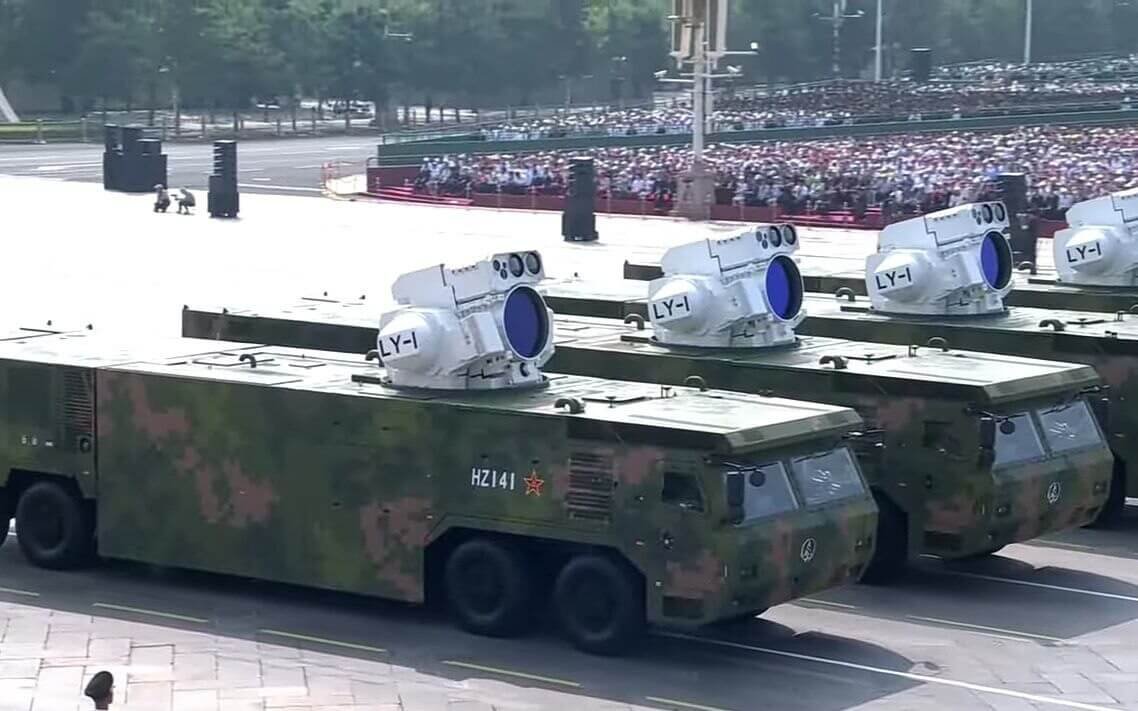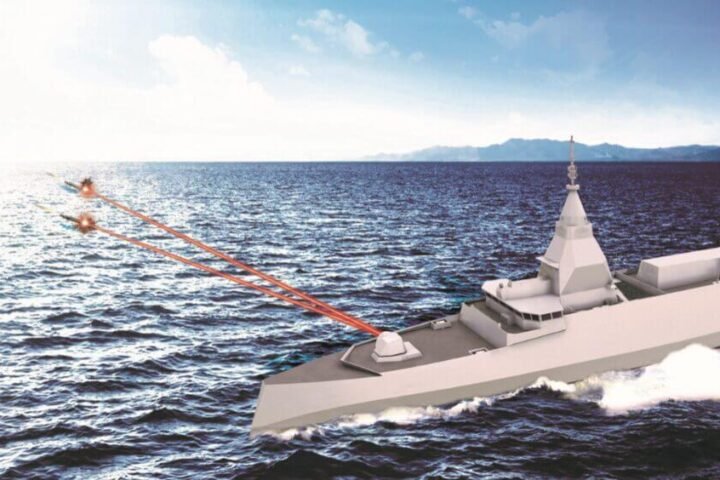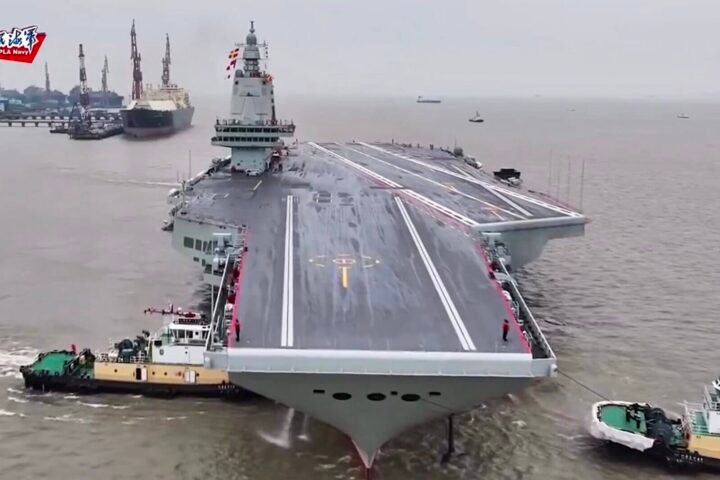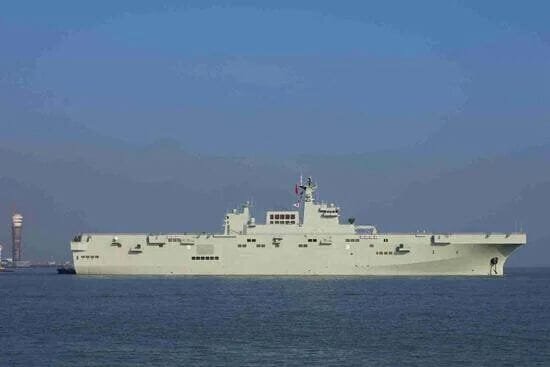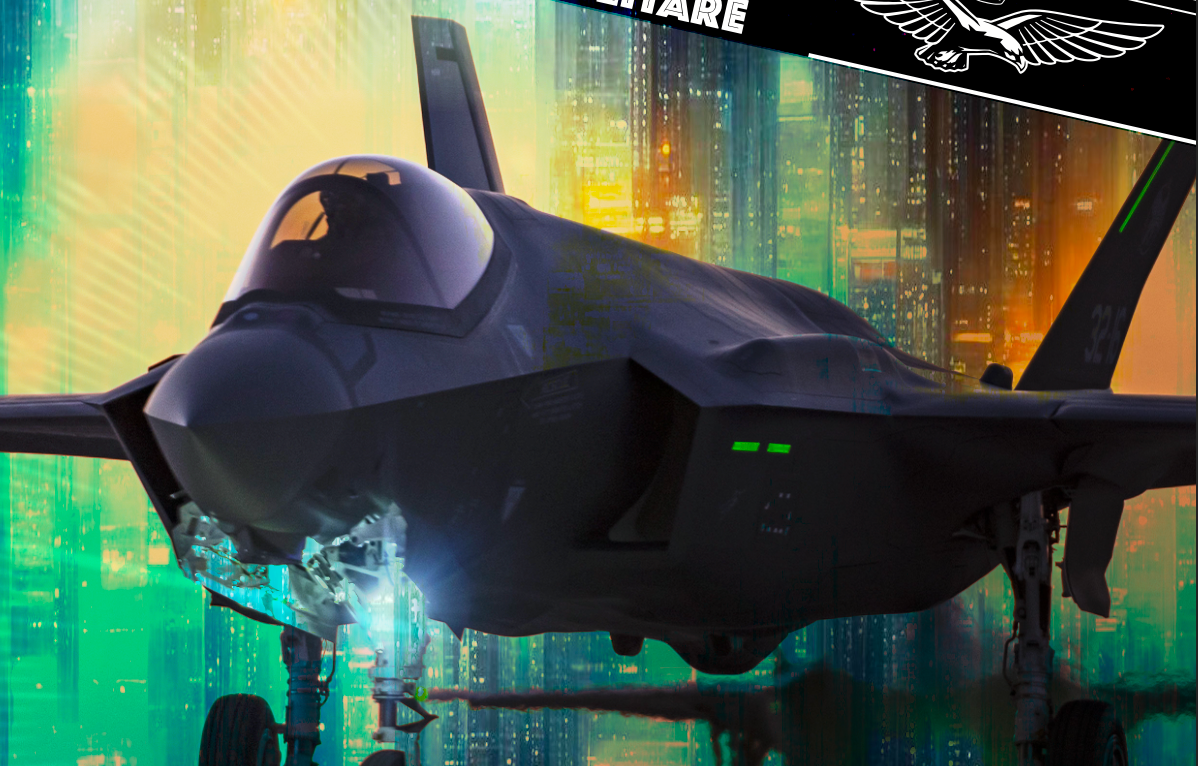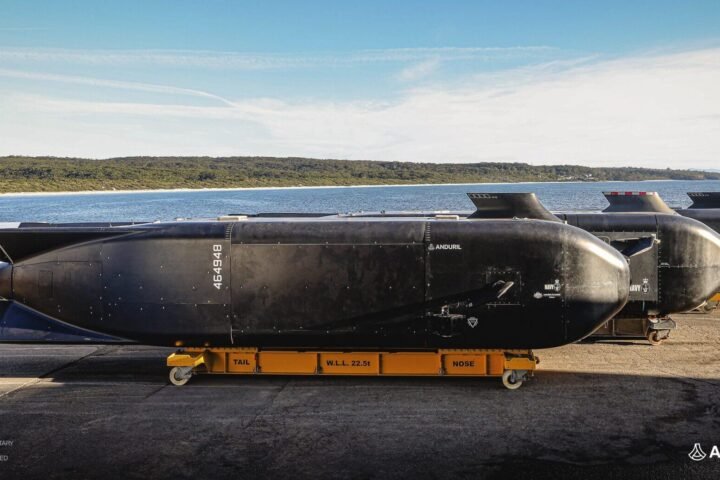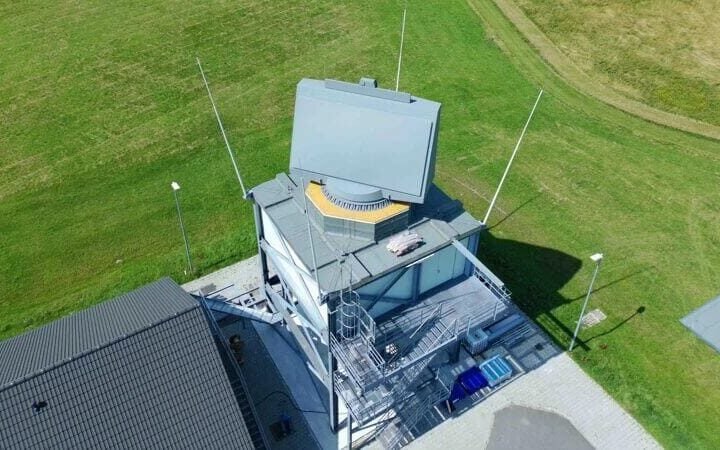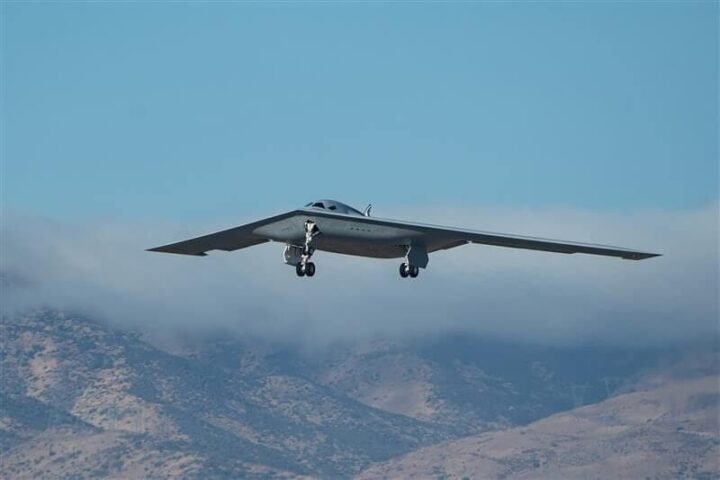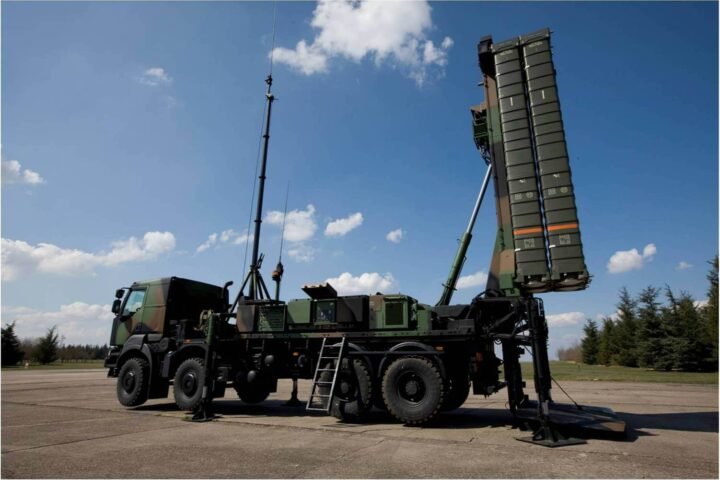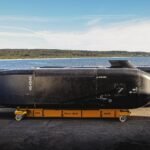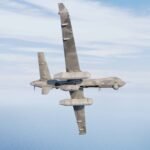Introduction
During the military parade commemorating the anniversary of the victory over Japan, the Chinese Armed Forces proudly debuted new weapon systems and technology to showcase their growing power to the world.

The LY-1 Laser
Among the numerous new weapon systems, one deserving attention is the LY-1 laser, which was displayed on 8×8 vehicles. There isn’t much news circulating about this system, but parade commentators described it as a lightweight system designed to eliminate drones and missiles. There are significant similarities between the LY-1 and a similar system installed on the Type 071 surface units of the People’s Liberation Army Navy (PLAN), which suggests it is the same or a closely derived version of the ship-borne laser system.

Operational Logic
Following Western logic, a system of this kind is primarily intended to counter solitary and swarming drones, loitering munitions, rockets, and artillery projectiles up to slow-moving and less agile cruise missiles.
The choice of a generously sized 8×8 armored vehicle is interesting, it suggests that Chinese engineers are leveraging this platform’s carrying capacity to equip it with the crucial energy generator. Like all high-power laser systems presented so far, including the few truly operational HEL systems, such as the Israeli Iron Beam, the Chinese counterpart is expected to operate independently or integrated into a multi-layered defense with other ‘classic’ gunner and/or missile systems.
Advantages and Limits of Laser Systems
The advantages of HEL systems are well-known; laser beam concentration for a few moments is enough to ignite the target’s vital parts, negligible costs per illumination compared to a missile effectors, virtually inexhaustible charger if the generator is continuously supplied, guaranteed maximum precision.
Just as there are advantages, there are also known limitations, such as performance degradation in case of substantial cloudiness or dust (which is a constant presence in certain latitudes) and a reduced range. At sea, issues related to salt spray, rain, waves impacting the ship and its systems, including lasers with delicate optics and servo systems, are added.
If such insurmountable limitations given the current state of technology are accepted, high-power laser systems are justified for C-UAS and C-RAM tasks, less so for anti-missile defense tasks as missiles are targets that, with the exception of cruise, collaborate little to none that fly at supersonic or hypersonic speeds capable of executing evasive maneuvers as well.
The public display of the LY-1 system is clear evidence that the technological gap between China and the Western world, once likened to an ‘Hadrian’s Wall’ almost insurmountable for Beijing, has been largely bridged. Now, it is the West that is catching up with China on certain technologies that were delayed due to cost considerations and the lack of conviction demonstrated by the Armed Forces and the Defense industry, resulting in lags in several areas.

